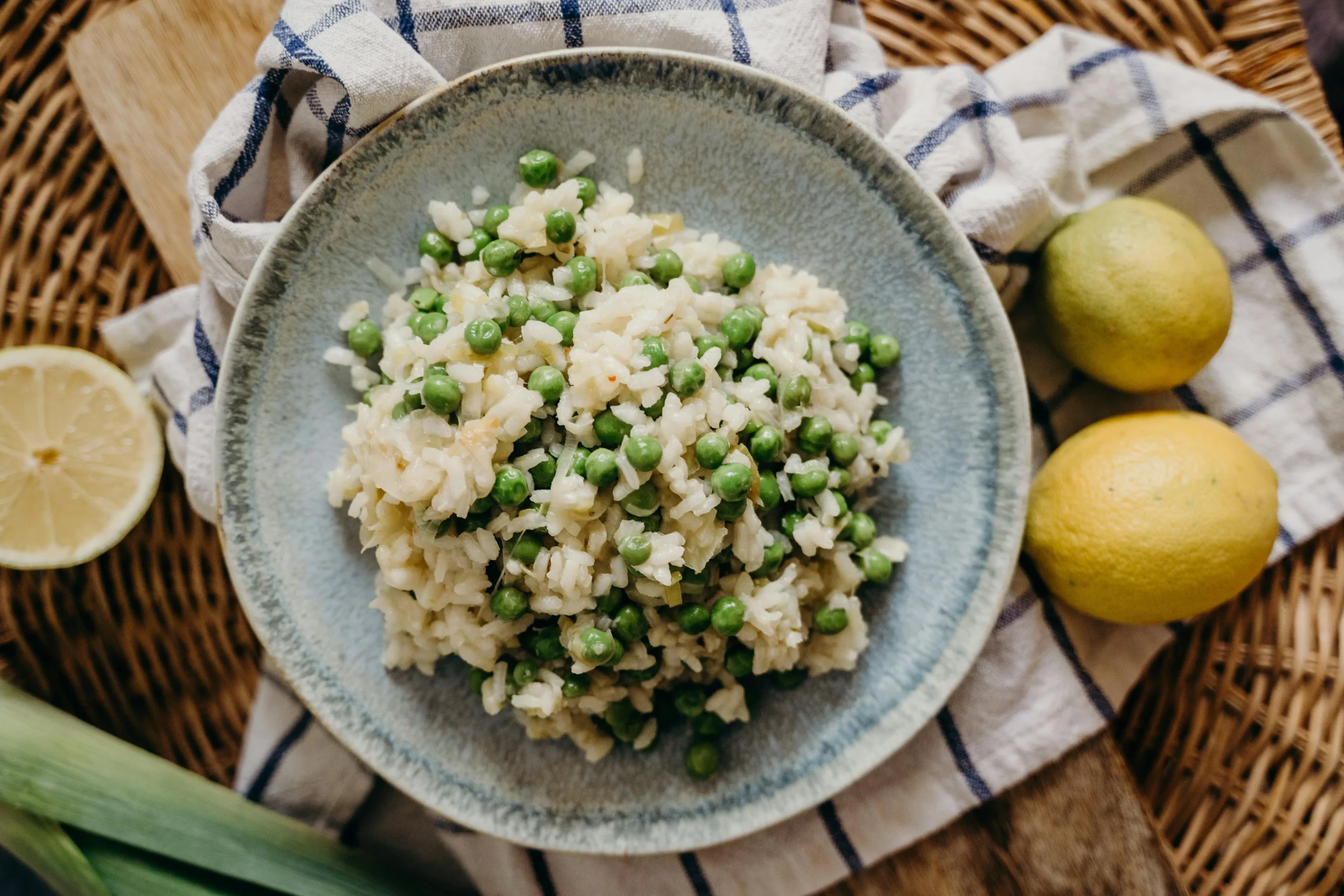
Introduction
Brown rice isn’t just a healthier alternative to white rice—it’s a nutritional powerhouse. Packed with fibre, vitamins, and essential minerals, it supports heart health, digestion, weight management, and more. Unlike refined grains, brown rice retains its bran and germ, making it a whole grain that delivers lasting energy and wellness benefits.
At healthtolife.in, we believe in the power of natural, unprocessed foods. In this guide, we’ll break down the science-backed benefits of brown rice, compare it to white rice, address common concerns (like arsenic content), and share tips on how to incorporate it into your diet. Whether you’re managing diabetes, boosting athletic performance, or simply eating cleaner, brown rice deserves a spot on your plate.
Table of Contents
What Is Brown Rice?
Brown rice is whole-grain rice with only the inedible husk removed, leaving the nutrient-rich bran and germ intact. This gives it a chewy texture, nutty flavour, and significantly more fibre, vitamins, and antioxidants than white rice.
- Processing Difference: White rice is stripped of its bran and germ, losing most of its nutrients.
- Varieties: Short-grain, long-grain, and basmati brown rice are common options.
- Global Staple: A dietary cornerstone in Asia for centuries, now popular worldwide.
Nutritional Profile of Brown Rice
One cup (195g) of cooked brown rice provides:
| Nutrient | Amount | % Daily Value (DV) |
|---|---|---|
| Calories | 216 | – |
| Carbs | 44g | 16% |
| Fiber | 3.5g | 14% |
| Protein | 5g | 10% |
| Magnesium | 84mg | 20% |
| Phosphorus | 162mg | 16% |
| Selenium | 19mcg | 27% |
Key Nutrients & Their Benefits:
- Fibre: Supports digestion and gut health (Healthline).
- Magnesium: Aids muscle function and blood sugar control (WHO).
- Antioxidants: Reduce inflammation and oxidative stress.
Answers By Verified Professionals
- Dr Jennifer Katz, Brown rice is a whole grain. This means the nutritious parts of the grain, the bran and germ, remain intact. Fibre and healthy fat remain in the grain, and blood sugar does not spike like it would with refined white rice. This slow absorption that comes with eating whole grains helps to reduce the risk of diabetes.
- Dr Alli Shircliff, Brown rice is a whole grain and a good source of fibre and protein. One-half cup of cooked brown rice provides almost 2 grams of fibre and 2 grams of protein. Compared to white rice, it has more fibre and nutrients because it still has the bran and germ attached and is, therefore, less processed.
- Dr Michael Colangelo, Brown rice offers health benefits when it is part of an overall healthy diet and when it replaces white rice. Brown rice is a calorie-dense complex carbohydrate. It has small to moderate amounts of nutrients like fibre, Niacin(B3), Thiamine(B1), manganese, selenium, and other minerals. Brown rice is particularly high in manganese and although it’s not as popular as other minerals, manganese is just as important for overall health. Manganese is required for many body functions, including the production and metabolism of carbohydrates and amino acids, the building blocks of protein. One cup of cooked long-grain brown rice contains about 250 calories, 3 grams of fibre, and about 5 grams of protein. Compared to white rice, the higher fibre and protein in brown rice can make you feel full sooner and for longer. Since no variety of rice is considered a low glycemic food, the amount of rice eaten per meal is important, especially for individuals managing their blood sugar. Put another way, the nutritional upgrade from white rice to brown rice should not be a license to eat larger amounts of brown rice, which could thwart our good intentions.
- Dr Jen Hsu, Brown rice is basically whole grain rice with its inedible outer shell removed, but retains its bran and germ layer. Its bran and germ layer contains a good amount of vitamins and minerals, and also contributes to its abundant level of dietary fibre. The dietary fibre in brown rice helps reduce the chance of heart disease by lowering our blood pressure and keeping our blood lipid profile healthy. Brown rice is also known to reduce the risk of diabetes and prevent obesity.
- Dr Aparna Nemalikanti, Native brown rice is hard to cook; it needs overnight soaking. It is hard to cook and digest. Hence, it is recommended for white rice to be diabetics and the obese. Don’t get confused with brown-colored rice and single-polished rice. As the bran and germ are not hulle,d it preserves B complex vitamins, magnesium and fibre.
Conclusion
Brown rice is a simple, affordable superfood. From heart health to digestion, its benefits are backed by science. While it has minor drawbacks like arsenic, proper preparation minimizes risks. At healthtolife.in, we encourage incorporating brown rice into meals for long-term wellness.
FAQ
Ques-1. Is brown rice good for weight loss?
Ans: Yes! Its high fibre content keeps you full longer, reducing overeating.
Ques-2. Can diabetics eat brown rice?
Ans: Yes. Its low GI helps manage blood sugar levels.
Ques-3. Does brown rice have gluten?
Ans: No. It’s naturally gluten-free.
Ques-4. How much brown rice should I eat daily?
Ans: 1-2 servings (½ to 1 cup cooked) is ideal for most people.
Ques-5. Is brown rice better than quinoa?
Ans: Both are nutritious. Brown rice has more fibre, while quinoa offers complete protein.
Related Video | Comparing White Rice & Brown Rice
Was this article helpful?
Stay updated with the latest posts on HealthToLife—expert health tips, wellness trends, and life-changing advice you don’t want to miss. Click to explore.



